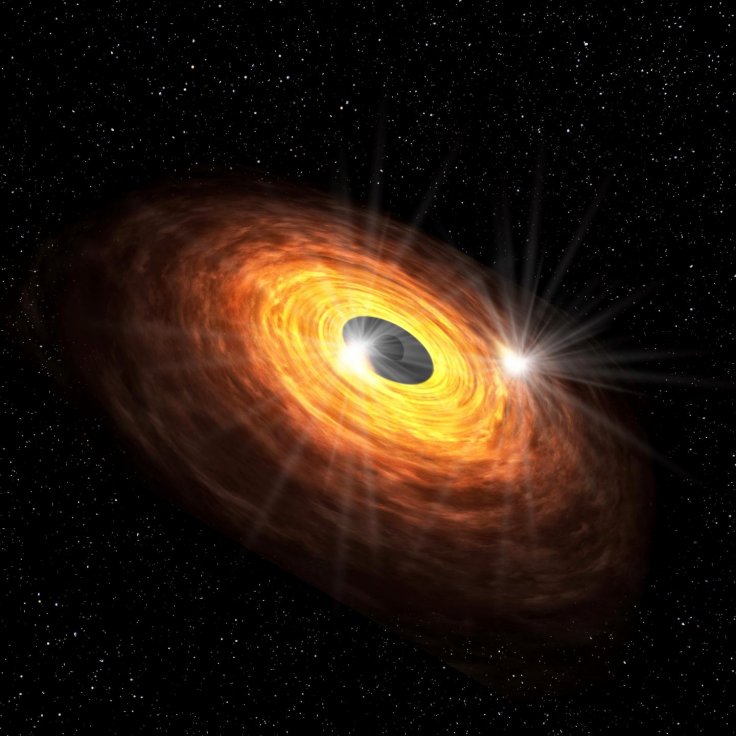
On earth, gamma rays are usually formed when mass is converted into energy during fission reactions that often take place in nuclear reactors. Now, a new study led by Iván Martí-Vidal, a researcher at the Astronomical Observatory has revealed the role of black holes in producing gamma radiations in space.
How Do Black Holes Generate Gamma-Ray Bursts?
In space, gamma rays are formed due to collisions between light rays and highly energetic particles born in the vicinity of black holes. However, until now, the mechanism that results in the trigger of these collisions were poorly understood, and the new study unveils more crucial details regarding the process.
Marti-Vidal and his team used the Atacama Large Millimeter Array (ALMA) to obtain precise and crucial information about the magnetic field of a distant black hole named PKS1830-211 which is located almost 10 billion light-years away from the Earth. The information was gathered at the time when the magnetic field around the black hole produced an enormous amount of gamma radiation.
Observations conducted by scientists revealed that the magnetic fields in the region where the most energetic gamma rays got ejected changed their structure within a limited time frame.
"This implies that magnetic processes are originating in very small and turbulent regions, just as the main models of gamma-ray production in black holes predict, which relate turbulence to gamma radiation. On the other hand, the changes that we have detected took place during a very powerful gamma-ray episode, which allows us to robustly relate them to the high-energy emission. All this brings us a little closer to understanding the origin of the most energetic radiation in the universe," said Marti-Vidal in a recent statement.
He added that his team will work on a more sophisticated algorithm to unveil more startling information regarding the ejection of gamma rays.
Thousands of Black Holes in the Center of Milky Way
Recently, another study had suggested the presence of thousands of black holes near the center of the Milky Way. Astronomers who were part of the study made the conclusion after analyzing data from NASA's Chandra X-ray observatory.
Interestingly, this black hole cluster consists of several stellar black holes that weigh between five to 30 times the mass of the sun.









